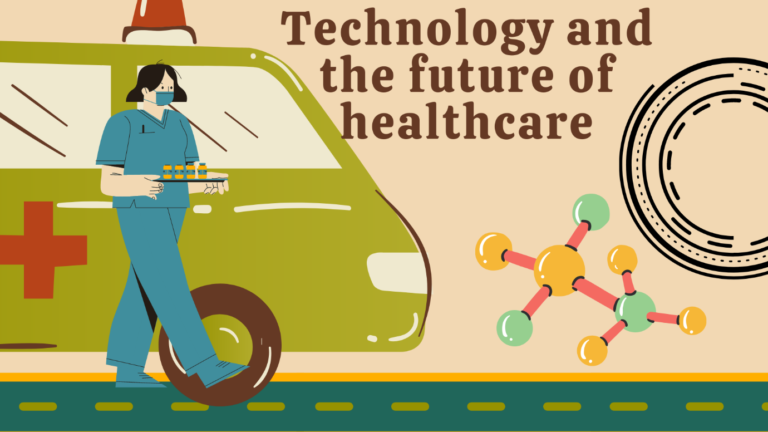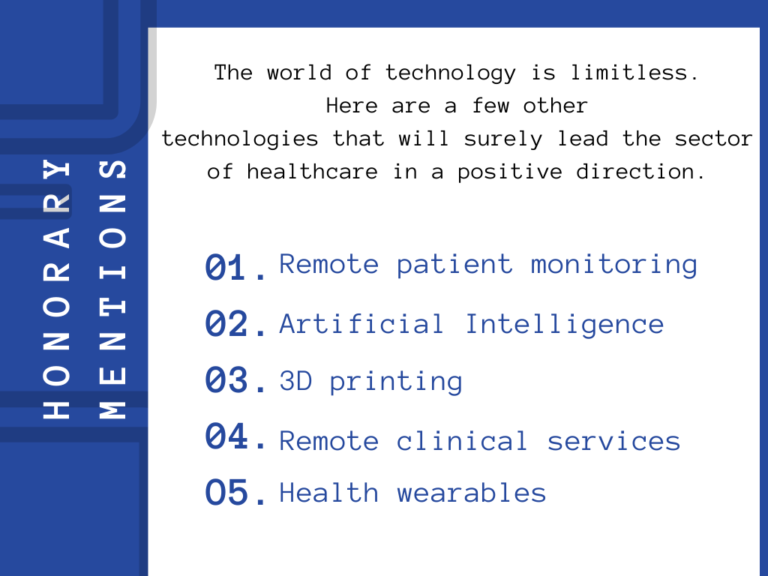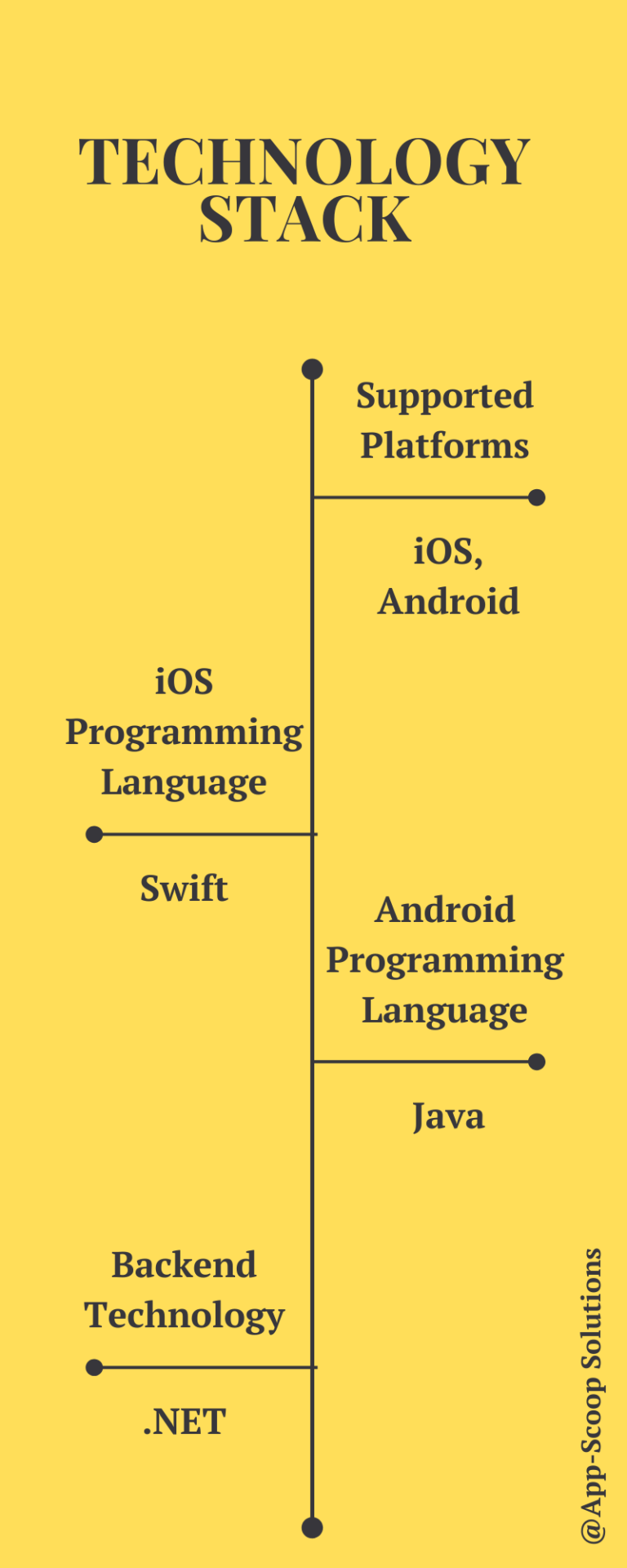Remember the olden days when people treated the patients with homemade remedies? And with that, they sure added their personal touch of praying to God to keep their loved ones safe, healthy, and sound. Since then, medical technology has come a long way. Currently, the influx of technologies such as Artificial Intelligence (AI), Machine Learning (ML), the Internet, and others have revolutionized the healthcare and medical industry. Some technologies can be used standalone, while others used in a combination can bring a positive change in the lives of the patients.
Studies reveal that owing to the impact of technology, this industry has shown a ray of hope for many. Statista states, that this is precisely why investors funding in the digital health industry has increased significantly. It further states, that a decade ago, around $1 bn was invested in this sector, while 2020 saw a sharp increase in the investment where over 21 billion US dollars were invested in the industry. So, in this blog, we will talk about the top technologies that are used in the medical sector, HIPAA data security requirements, App-Scoop Solutions’ case study where they managed to simplify care coordination, and more.

Medical technologies that shaped this industry
“Information is the lifeblood of medicine and health information technology is destined to be the circulatory system for that information.”
1. Robotics
Be it Nanobots in the bloodstream which help in diagnosing and preventing diseases or Exoskeletons a device that manages the rehabilitation of patients with impaired lower limbs, or the latest being Robotics Surgery that enables doctors to perform intricate surgeries with more precision; this segment never ceases to amaze us. Robotic-assisted surgery and robot-assisted training in rehabilitation therapy come with a string of advantages:
• Smaller incisions
• Minimal scarring
• Faster recovery period
• Increased safety
• Reduced pain and discomfort
• Short hospitalization
• Fewer cuts
These advantages are what propel the global medical robots market. Studies suggest that this market will surge to $12.7 billion by 2025. Debatably, this concept is fairly new. This means still a lot of research is required. One of the striking drawbacks is the high cost of robotics systems which might limit the market growth in the coming years.
2. Digital Tattoos
Digital tattoos also known as electronic tattoos are temporary tattoos used for medical purposes. Around 2020, Google began their work on smart tattoos project known as Skin Marks. With embedded sensors, this tattoo transforms the body into a living touchpad. Once you dampen the tattoo, you can place it on your skin. It stays here until you rub it off. Now, what this tattoo offers is insights into biomarkers such as blood pressure, blood sugar levels, heart rate, and electrophysiological parameters as well. These records allow the healthcare experts to monitor the patient’s health and diagnose their conditions. Some of the digital tattoos are Glucose-monitoring temporary tattoos, Graphene-based electronic tattoos, Dermal Abyss, MC10, etc. Digital tattoos hope to become the next generation of wearable technologies.
Read more: https://medicalfuturist.com/digital-tattoos-make-healthcare-more-invisible/
3. Nano Technology
Nanotechnology is an amalgamation of Science, Technology, and Engineering, at a nanoscale. Nanomedicine, an application of nanotechnology, helps in cancer detection and treatment. And soon, the nanoparticles will help in drug delivery in our system. Now, it is well-known fact, that our brain is one of the most complex organs. Scientists are working on a procedure through which nanoparticles will be able to study brain activities. In this, the brain activities are converted into a frequency of light which can be registered by external sensors. This allows the researcher to study our brains in much detail. This concept has the power to change the way we collect data, further helping us understand the human body like never before.
Read more: https://www.visualcapitalist.com/the-future-of-nanotechnology-in-medicine/
4. mRNA technology
COVID-19 vaccine was among the first disease that made use of mRNA technology. And its success has sure given a boost to this technology. mRNA also known as messenger ribonucleic acid enables genetic instructions to the human body cells to make proteins or antigens. Instead of taking protein or producing antigens in labs, using a piece of the genome of the viral mRNA is quite effective. Studies suggest that this technology helps save the development time and cost of the process.
5. CRISPR
“If CRISPR realizes 10 per cent of what we practitioners of gene editing dream it to be able to do, it will rival the greatest advances in the history of biomedicine as a technology to impact public health,” said gene editor Dr Fyodor Urnov. This quote by the doctor speaks volumes of what this technology has to offer. Clustered Regularly Interspaced Short Palindromic Repeats (CRISPR) is one of the powerful technologies that enable researchers to cut the infected DNA. And in the process, it offers a chance to overcome some of the most dreadful diseases such as HIV, cancer, etc., in years to come. In a few years, CRISPR has certainly spread its wings long and far. Its application is treating and preventing the spread of diseases, improving the growth of crops, and correcting genetic defects. However, one of its setbacks is it raises ethical concerns.

HIPAA Data Security Requirements
To ensure smooth functioning, hospital and healthcare organization should adhere to HIPAA Security Rules. Protected Health Information (PHI) is of the utmost importance, and the HIPAA rules ensure that all the protocols are followed. There are three main types of HIPAA Security Rules – administrative, physical, and technical safeguards.
• The HIPAA Journal quotes: The Administrative Safeguards primarily concern the requirement to conduct ongoing risk assessments in order to identify potential vulnerabilities and risks to the integrity of PHI.
• The Physical Safeguards concentrate on the measures that should be implemented to prevent unauthorized access to PHI and to protect data from fire and other environmental hazards.
• The Technical Safeguards relate to the controls that must be put in place to ensure data security when PHI is being communicated on an electronic network.
Case Study (App-Scoop’s healthcare management app for Forcura)
Technology plays a great role in delivering the best patient care. Forcura is the leader in document management and HIPAA-compliant communication for healthcare organizations. It also empowers businesses to thrive and provide better patient care. The Forcura suite of tools is powered by Forcura Connect, a proprietary framework for standardizing interoperability and integration among post-acute health care organizations, physicians, electronic health records (EHRs) and other supporting technology vendors. When they decided to upgrade their system, App-Scoop happily decided to collaborate.
Project Deliverables
• Forcura envisioned streamlining their commutation with the staff and patients.
• To channelize their work, they wished to generate category-wise case documents and files of each patient.
• Also, to ensure electronic medical records safety, building a secure platform that complies with HIPPA compliant standards was on their vision board.
Solution by App-Scoop
• To ensure that the data is streamlined, we developed a web and mobile application. The web application was used by the admins to create different templates for patients’ case files.
• Only admins can use the web application to create case files. While the staff can use it to update/add details to case documents, upload snapshots of injuries, and create a track record of appointments, and follow-up details.
• To ensure that the communication is seamless, we built a mobile application that is iOS and Android compatible. It is developed with different chat functionalities, and voice and video call interfaces. This can be used by healthcare teams and groups, and the staff can communicate with the patients.

Summing up
The kind of impact technology has made on this sector is impeccable. The incorporation of technology in healthcare has improved safety and quality, minimized errors, helped in providing valuable data, and enhanced communication. Moving on, the projected market size in 2028 is expected to touch $430.52 billion with CAGR of 16.9% (2022 – 2028). App-Scoop continuously innovates to provide better solutions. If you wish to enable better patient care or if you are looking for a business solution, do drop in a message on: https://www.app-scoop.com/contact-us.html.
